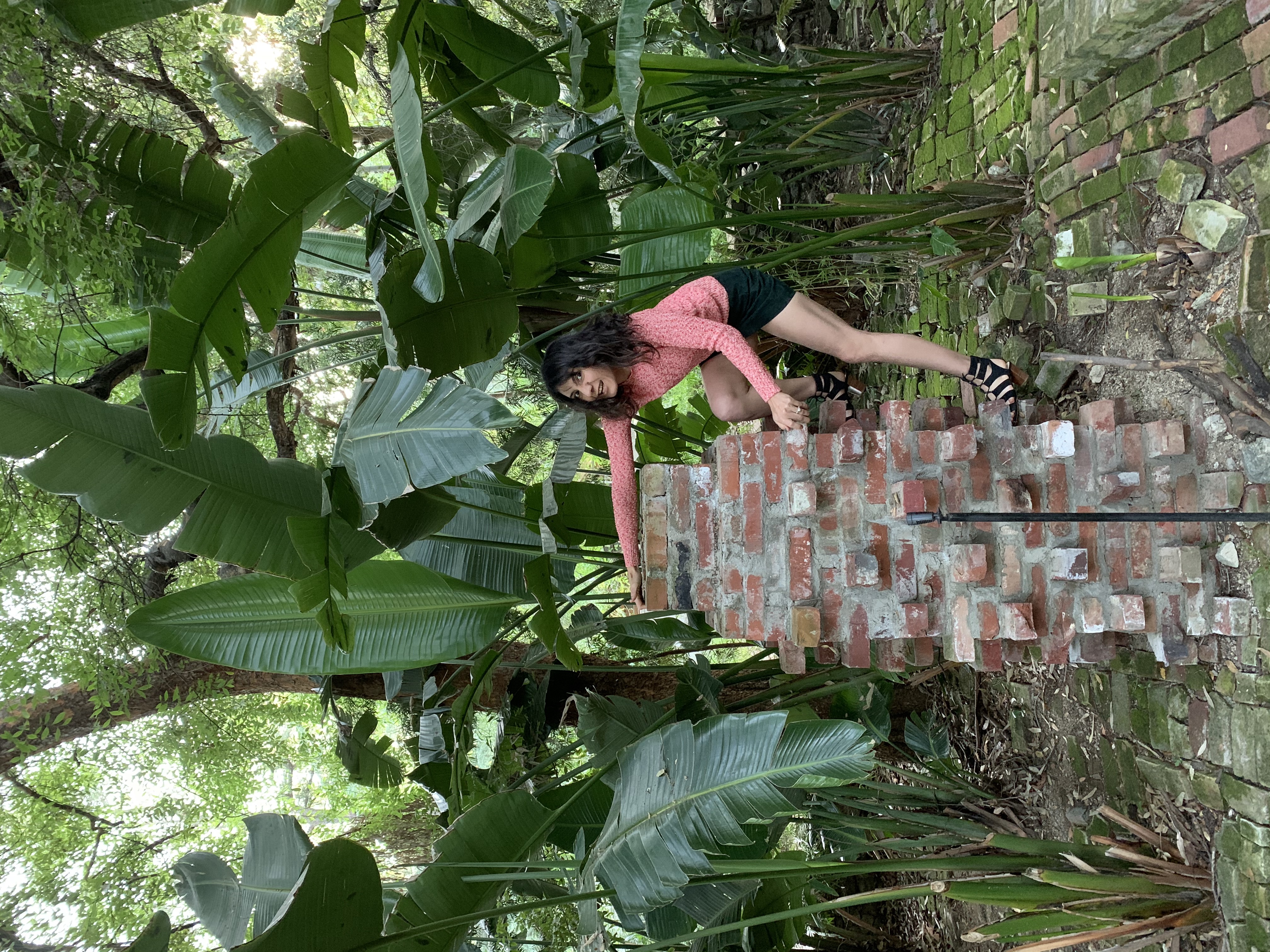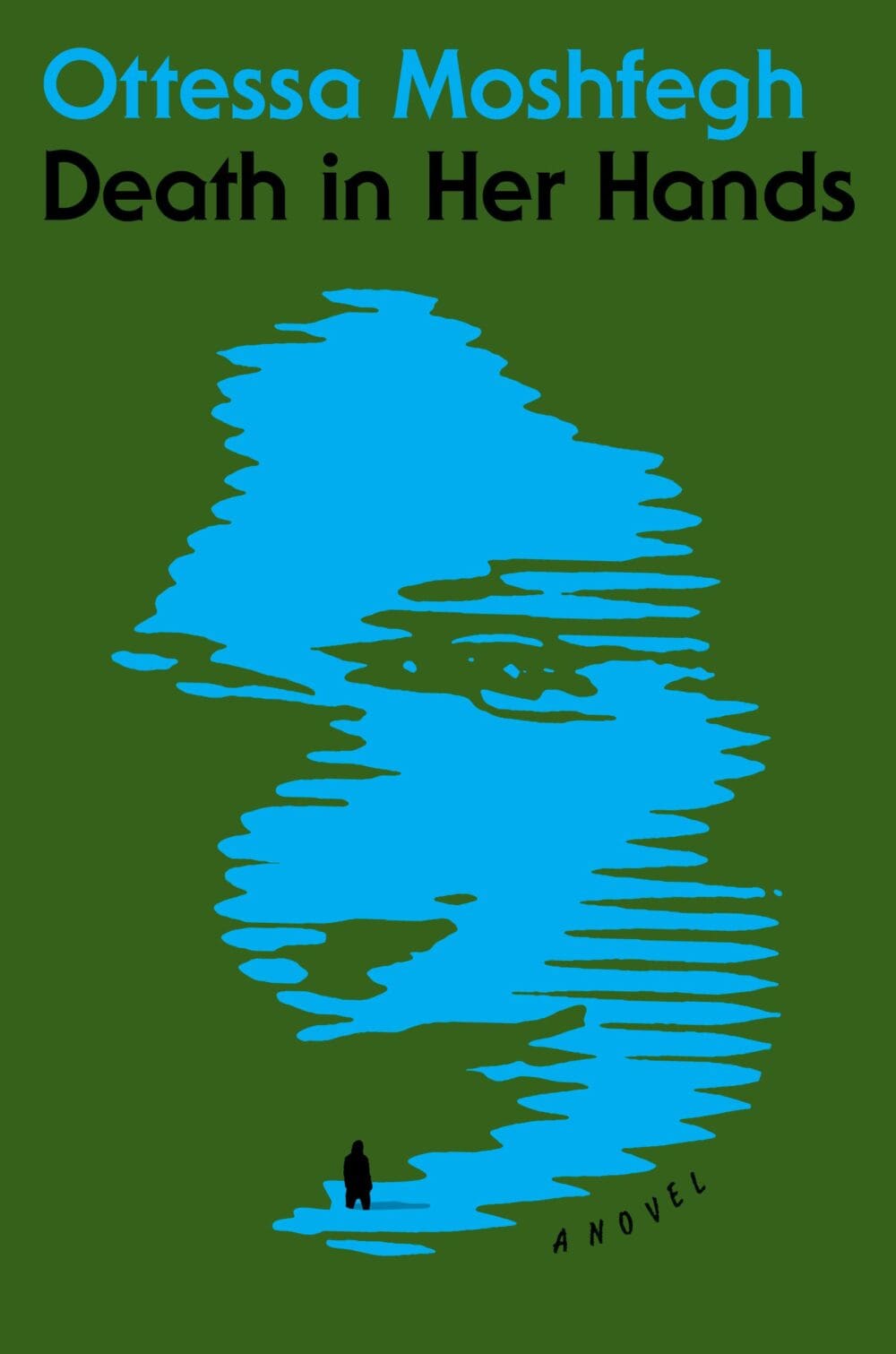

Less provocative than Moshfegh’s other works, Death in Her Hands is an involved meditation on the intimacy between life, art, and death. This murder mystery is interested in neither the murder nor the mystery instead, it is an incision into the vagaries of vague lives. Predicated on a whodunit, Death in Her Hands is anything but boilerplate. “Were you still dreaming? Was I?” she asks. “What a strange responsibility it was, to hold someone’s death in your hands,” she remarks as she sets about inventing lives for those who never lived, spiraling into a quagmire where she gradually becomes unable to separate her life from her art. But Vesta has a taste for the literary instead of informing the police, she decides to write Magda’s story. Here is her dead body” nondescriptly inscribed on it. Walking in the birch woods, she finds a note with “Her name was Magda. Seventy-six-year-old Vesta lives with her dog and her husband’s ashes in an urn in a lakeside cabin. These characters oscillate between the lives they aspire to live and the ones they actually inhabit, unable or unready to drop anchor on either side. A character mishears Vesta Gul’s name as “vestibule,” which in the grand scheme of things is no accident. These women are tenants of varying states of suspension. Whether the eponymous protagonist and her scatological fascinations in Eileen or the narrator of My Year of Rest and Relaxation who medicates herself into a yearlong sleep, Moshfegh’s protagonists are fractures in the veneer of social sanity.

OTTESSA MOSHFESGH’S women do not assimilate.


 0 kommentar(er)
0 kommentar(er)
